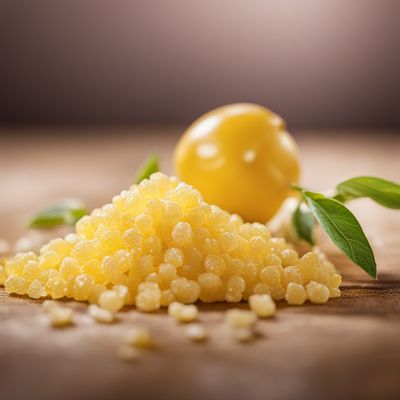
Ingredient
Sugar, icing - powder
The Sweet Dust of Confectionery
Icing sugar is a finely ground sugar that has been processed into a powder. It is commonly used in baking and confectionery to add sweetness and texture to desserts. Icing sugar dissolves quickly and smoothly, making it ideal for making frostings, glazes, and dusting desserts. Its fine texture also helps create a smooth and velvety finish on cakes and pastries.
Origins and history
The use of icing sugar can be traced back to ancient times, where it was used in various forms by different cultures. In medieval Europe, icing sugar was a luxury ingredient reserved for the wealthy. It was made by grinding sugar into a fine powder using a mortar and pestle. Today, modern production methods have made icing sugar more accessible and widely used in baking and confectionery.
Nutritional information
Icing sugar is primarily made up of carbohydrates, with a small amount of calories and no fat. It is a source of quick energy and provides sweetness to desserts. However, it is important to note that icing sugar is highly processed and contains no nutritional value other than its carbohydrate content.
Allergens
There are no known allergens associated with icing sugar.
How to select
When selecting icing sugar, look for brands that are finely ground and free from lumps. Check the packaging for any added ingredients or anti-caking agents, as some brands may include cornstarch to prevent clumping. Icing sugar is commonly available in grocery stores, baking supply stores, or online.
Storage recommendations
To maintain the freshness and prevent clumping, store icing sugar in an airtight container in a cool, dry place. Avoid exposing it to moisture, as it can cause the sugar to harden. If the icing sugar becomes lumpy, sift it before use to remove any clumps and ensure a smooth texture.
How to produce
Producing icing sugar at home is not practical for most individuals, as it requires specialized equipment such as a high-powered blender or a coffee grinder. It is more convenient to purchase commercially produced icing sugar.
Preparation tips
Icing sugar is commonly used in baking and confectionery to make frostings, glazes, and icings. It can also be dusted over desserts, such as cakes, cookies, and pastries, to add a decorative touch. Icing sugar can be used to sweeten whipped cream or to create a light and airy texture in meringues. It is a versatile ingredient that adds sweetness and elegance to a wide range of sweet treats.
Substitutions
Granulated sugar can be used as a substitute for icing sugar in some recipes. However, it will not provide the same smooth texture and may affect the overall consistency of the recipe. If a recipe calls for dusting with icing sugar, alternatives such as cocoa powder or cinnamon can be used for a different flavor profile. It is important to note that substitutions may alter the taste and texture of the final product.
Culinary uses
Icing sugar is commonly used in baking and confectionery worldwide. It is a staple ingredient in desserts such as cakes, cookies, pastries, and candies. Icing sugar can be found in various cuisines and is used to create decorative finishes or add sweetness to a wide range of sweet treats.
Availability
Icing sugar is commonly available in grocery stores, baking supply stores, and online retailers worldwide.
More ingredients from this category
Recipes using Sugar, icing - powder » Browse all

Zefir Delight
Fluffy Clouds: A Sweet Journey with Zefir

Mughlai Peanut Butter Pie
Royal Peanut Butter Delight
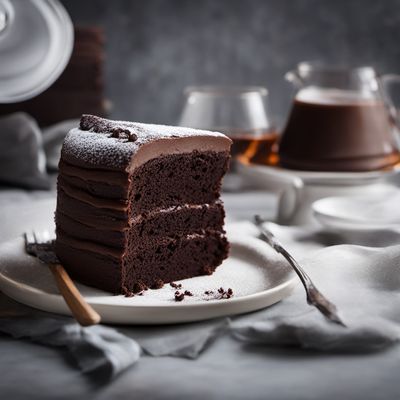
Scottish Chocolate Whisky Cake
Whisky-infused Chocolate Delight: A Scottish Twist on a Classic Cake

Joffre Cake Recipe
Decadent Chocolate Delight: Joffre Cake

Homemade Spiced Mince Pies
Festive Delights: Spiced Mince Pies to Savor
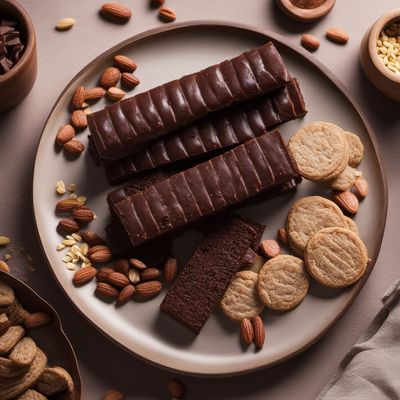
Paraguayan Chocolate Salame
Decadent Chocolate Delight: Paraguayan Style

Louisiana Delight Cake
Spicy Southern Indulgence Cake

Travesseiros de Sintra
Pillows of Delight: Travesseiros de Sintra Recipe
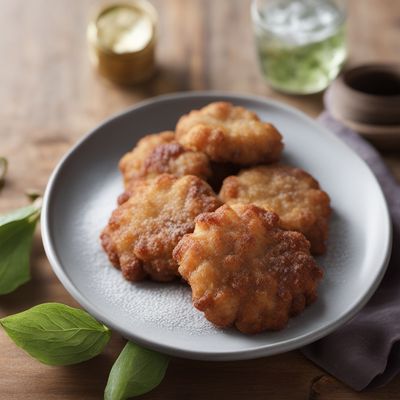
Sammarinese Banana Fritters
Golden Delights: Sammarinese Banana Fritters
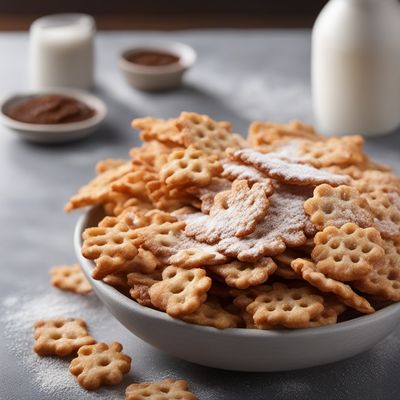
Tippaleipä - Finnish Sweet Crisps
Whimsical Finnish Delight: Tippaleipä - Sweet Crisps of Joy

Tarta de Santiago Venezolana
Delicioso Tarta de Santiago: A Venezuelan Twist on a Spanish Classic
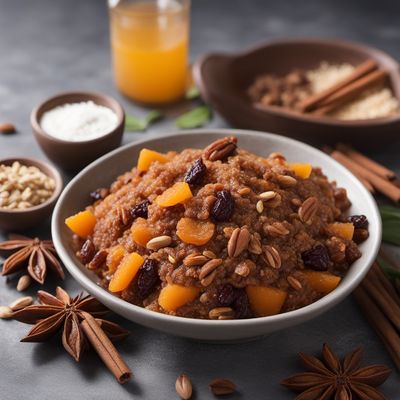
Latin American Chinese Style Buccellato
Sweet and Savory Fusion: Latin American Chinese Style Buccellato


